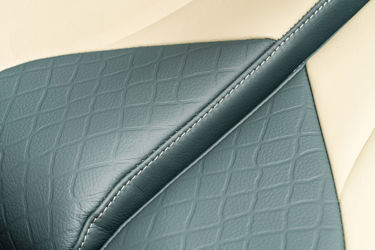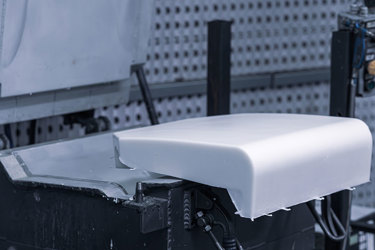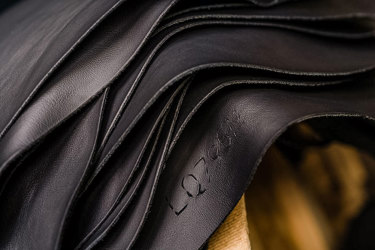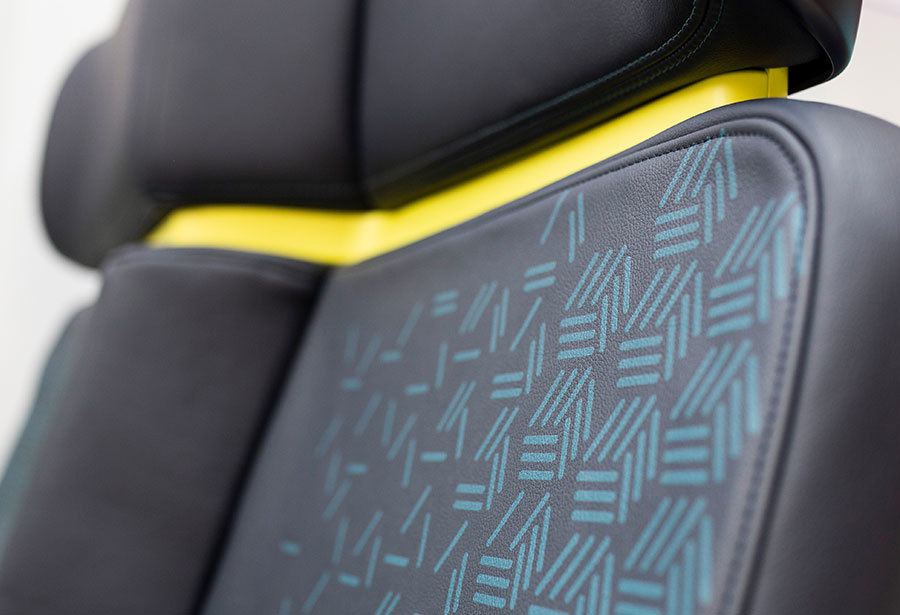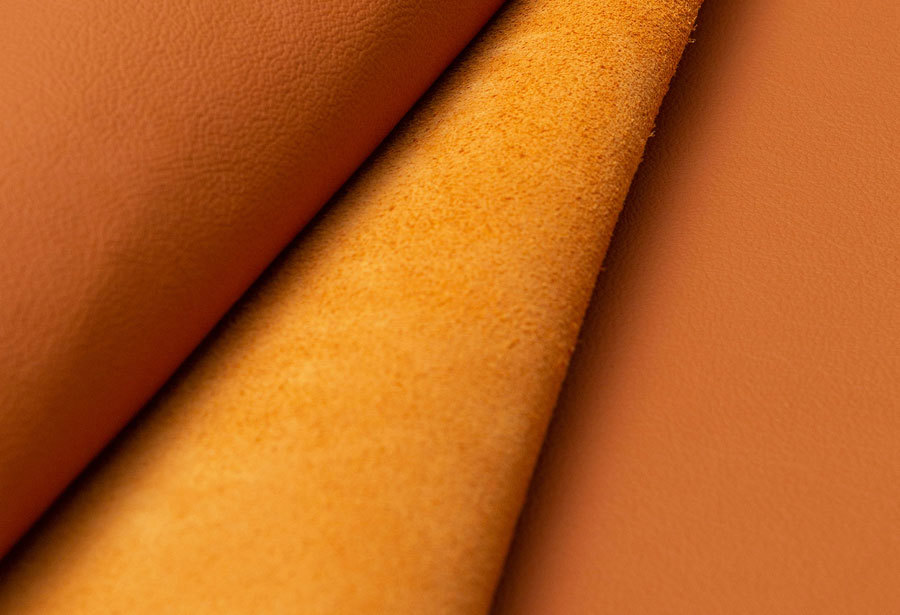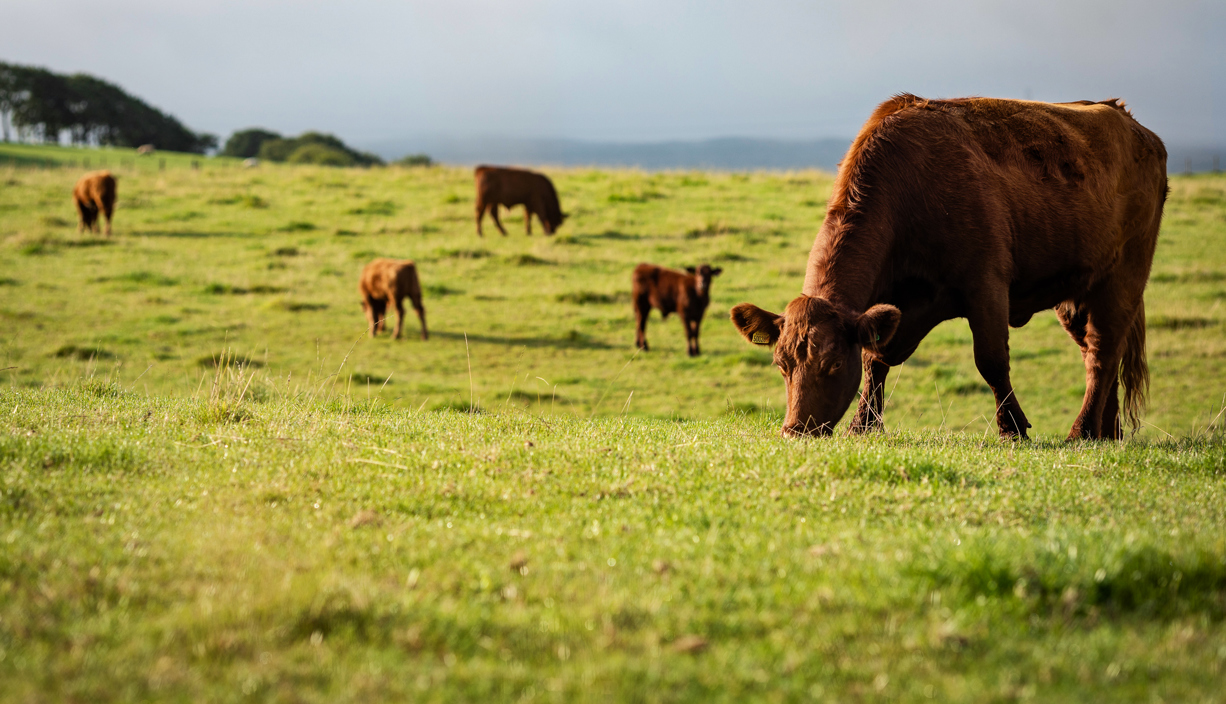
How can traceability enhance transparency and accountability in supply chains?
The leather industry is no exception as we move towards a more sustainable future.
Just last year, WWF confirmed 'leather is an important by-product of the cattle industry' and supported sustainable leather manufacturing, encouraging industry leaders to collaborate across the full supply chain.
“Leather upholstered vehicles depreciate more slowly, providing both environmental (longer lasting, less time to biodegrade) and economic value (less frequent purchasing).”
Steeped in circularity, leather manufacturing is one of the oldest forms of upcycling. Cattle are never bred for their hides, which makes it a great way to recycle an otherwise wasted resource. Without leather manufacture, these hides would be destined for landfill.
According to FAO (The Food and Agriculture Organization of the United Nations), world meat production is expected to double by 2050.
With global beef consumption rising, the number of raw hides in the market is set to grow and upcycling them into durable and beautiful leather products is better for both the environment and the economy than simply discarding them. Leather, as a material, is naturally sustainable.
But while leather plays a crucial role in circularity, not all leather is created equal. The finished product will only be sustainable if environmental and ethical concerns are woven into every stage of its journey.
We should be aware of leather manufacturers whose products, despite being marketed as sustainable and ethical, came from a hugely complex and blurred supply chain from further afield, making it difficult to track the hides' real origins.
Some European leather manufacturers import hides from cattle reared on deforested lands in South America before marketing their finished products as European leather.
According to WWF, extensive cattle ranching is responsible for most deforestation in almost every Amazon country, accounting for 80% of the current deforestation rate. And Brazil has 88% of the Amazon cattle herd, followed by Peru and Bolivia. On a related note, it's interesting to learn that Italy imported over $236 million worth of raw hides, skins, and leather from Brazil last year, according to United Nations trade data.
It poses a challenge for operators, seat and furniture manufacturers, who are increasingly under pressure to take responsibility for their supply chains – and to be able to demonstrate the full environmental and social impact of the materials they use. Determining whether a product is truly sustainable is complicated if we can't trace back its entire supply chain and understand its origins and production processes.
That is why at Muirhead, we take great pride in our commitment to sourcing only the highest quality hides, and we guarantee that 99% of our hides come from trusted farmers in the UK and Ireland as the byproducts of the food industry. With 100% traceability and zero deforestation policies, our customers can trust that they are getting the best possible high performance leather for their interiors without sacrificing their environmental values.
Radical traceability
We believe the key to sustainable leather production is traceability – the ability to track every aspect of a product’s manufacture and distribution from ‘cradle to grave’, ensuring customers know exactly where their product has come from. At Muirhead, we take traceability and relationship with our farmers and abattoirs very seriously.
To ensure the highest level of transparency, we regularly visit the farms and conduct spot audits, with the full agreement of both the abattoirs and farmers, all while adhering to GDPR regulations.
Throughout the manufacturing process, we never lose sight of each hide’s origin – thanks to the British Cattle Movement Service’s online Cattle Tracing System, which works alongside the Cattle Passport. Our licensed abattoirs supply a commercial document providing a unique ID number which stays with the hides throughout the entire manufacturing process and traces each hide through the tannery and finishing processes.
Once the dyeing and finishing process is complete, we can trace the leather back to the abattoir and we can even retrieve farm and cattle details from the delivery reference, including ear tag number, date of birth, and sex, and only if necessary. In the event of any incidents, we or government officials could access individual farm details.
How can traceability help ensure ethical and sustainable sourcing practices from material suppliers?
Ethical sourcing
From an ethical standpoint, knowing your hides come from healthy cattle herds is important, and we believe a rigorous cattle tracking system should go beyond the numbers to the highest level of animal welfare.
Scotland and the United Kingdom are among the 50 countries evaluated by the Animal Protection Index (API) for animal welfare legislation and policies.
The API assesses countries on 10 indicators, grouped into 4 goals, which address key animal welfare issues worldwide to help ensure that animals are protected and treated humanely. These goals include recognition of animal sentience and prohibition of animal suffering, animal welfare legislation, the establishment of supportive government bodies, and support for international animal welfare standards.
We are proud that Scotland and the United Kingdom are among the leading countries to prioritise animal welfare, including the Five Freedoms set of Principles.
The Five Freedoms outline five crucial animal welfare aspects under human control. They have been endorsed by professional groups like veterinarians and organisations such as the World Organisation for Animal Health, the Royal Society for the Prevention of Cruelty to Animals, and the American Society for the Prevention of Cruelty to Animals. It is important that our farmers continue to uphold these standards and ensure that they treat their cattle with the respect and care they deserve.
- Freedom from hunger or thirst by ensuring access to fresh water and a balanced diet to maintain health and well-being.
- Freedom from discomfort by providing a comfortable environment with appropriate shelter and a cosy resting area.
- Freedom from pain, injury or disease by taking preventive measures and quickly addressing any health concerns that may arise.
- Freedom to express (most) normal behaviour by providing ample space, proper facilities, and company of their kind.
- Freedom from fear and distress by creating an environment that ensures that their cattle lead happy, healthy lives.
All Muirhead’s raw hides are sourced directly from abattoirs subject to daily inspections by Government veterinarians and licensed under UK and EU regulations. It is our duty to ensure our suppliers maintain the highest standards when it comes to food safety, hygiene requirements, employee welfare, animal welfare, record management, and more.
Carbon footprint
With net zero targets looming, operators need complete clarity from their suppliers on the product’s carbon footprint as it feeds into their own reporting. For us at Muirhead, the answer lies in local sourcing.
99% of our hides come from the UK and Ireland, usually within 400 miles of our tannery. These include 80% of all Scottish grass-fed livestock and the highest possible standards – all while keeping ‘hide miles’ to a minimum.
In addition, we work with many suppliers who are adopting regenerative farming practices via land restoration and agroforestry, focusing on topsoil regeneration, increasing biodiversity and improving the water cycle – and ensures the health and vitality of farm soil, our animals, and in turn, our finished leather.
Quality standards
Hide quality varies significantly across different parts of the world, but we are fortunate that Northern European breeds are among the best. They excel not only in size, shape, and condition but, more importantly, due to the exceptionally high animal welfare standards.
Our grass-fed livestock in the UK and Ireland are less prone to disease than their South American counterparts. They are protected from adverse weather, resulting in a high performance, full substance leather material.
Exposing plastics
With 100% traceability, our customers have full visibility of exactly what processes and substances are involved in leather production. On the other hand, the need for more transparency in the case of fossil fuel-based synthetic and vegan materials and leather alternatives can leave uncertainty about their environmental impact.
A recent report by the Filk Frieberg Institute revealed toxic chemicals and plastics in various leather alternatives, many favoured for their alleged sustainability credentials.
These fossil fuel-derived materials do not biodegrade safely or efficiently and cannot be fully recycled, posing a major environmental issue rather than solving one.
Equally, the need for sufficient traceability means manufacturers of plastic-based alternatives are rarely transparent about the durability of their materials. The same Filk report found that such products do not last as long as genuine leather, which can lead to more frequent replacements and, consequently, a higher carbon footprint in the long term.
